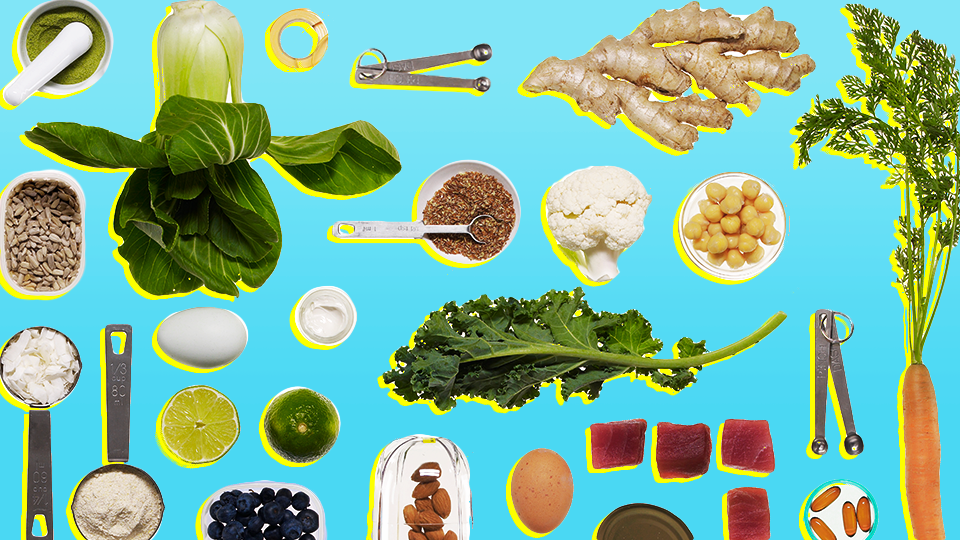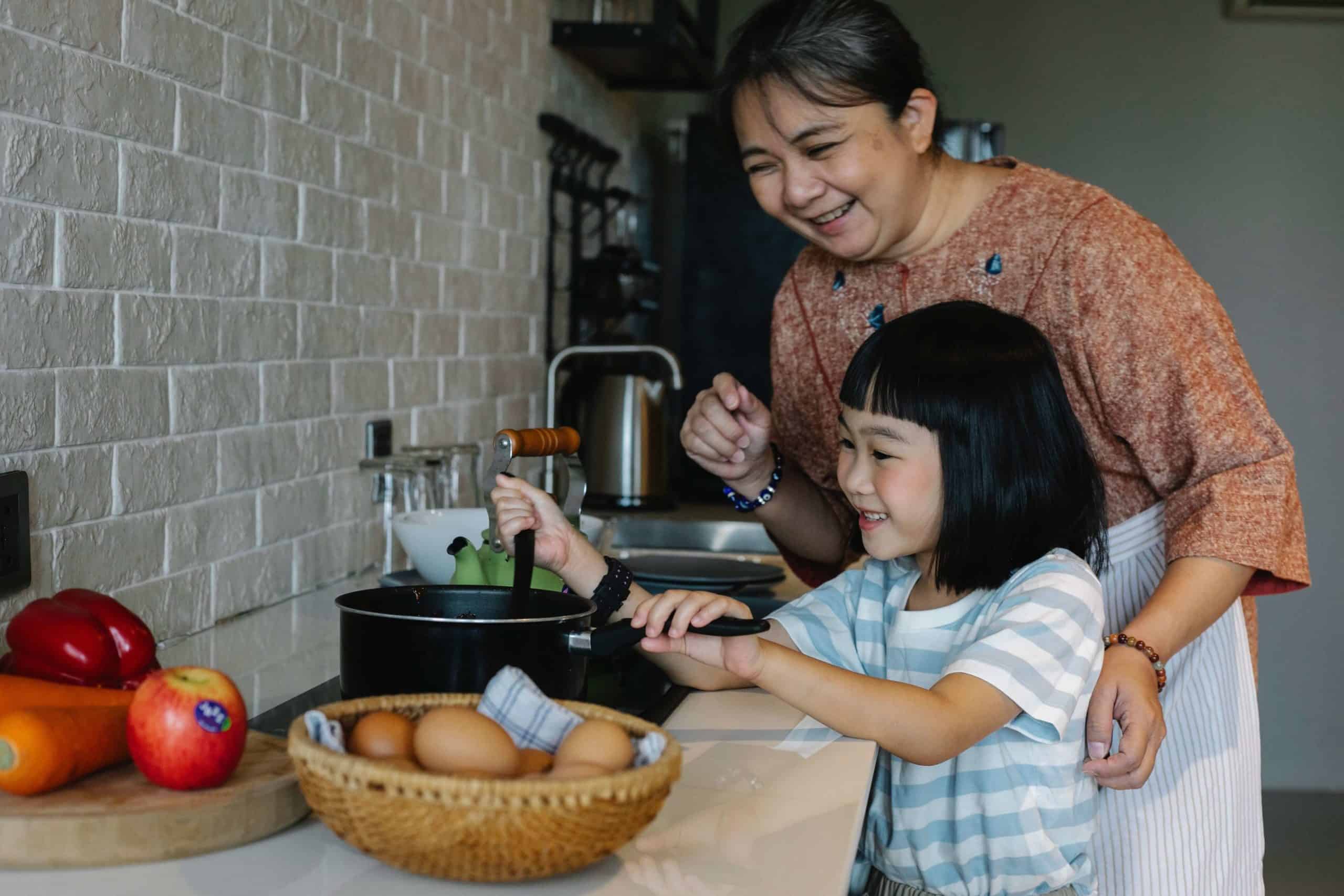
A simple but effective cooking skills checklist should be available for your children. These skills include the ability to create creative recipes and ensure safety in the kitchen. Here are some tips that will help you develop these important skills in your children. Here's one example of a checklist:
Here are some essential culinary skills
A strong culinary education is not enough. Aspiring chefs must also be able to cook properly. These skills include understanding how to prepare food, determine freshness, and convert standard recipes into larger batches. A chef must be proficient in time management, as well as a keen sense of smell and taste. Furthermore, they should be capable of properly handling knives and food equipment.
Sauteing, a versatile cooking technique, can be used for many ingredients. Particularly delicious are lightly sauteed vegetables or shrimp in garlic butter. Braising is the oldest of cooking methods and usually involves boiling on an open fire. This skill is very basic, but it is still very useful. You can learn how to boil a meal and become a great cook. It is also important to know how to use a knife and understand safety tips.
Creativity in cooking
Creative recipes are essential to your success when cooking a meal. Not only do they showcase your creativity, they also showcase your skills. Creative thinking, otherwise known as divergent thinking, allows you to think outside of the box to create new ideas. This is an important skill for a cooking career, because it allows you to experiment with different flavors and cooking techniques and impress your customers. Your employer will be impressed by your creativity and willingness to try new flavours. Try different combinations of flavor, and come up with interesting themes for the meals. Try brainstorming and researching cooking methods to improve your creativity.

Another problem is the inconsistent way they define cooking skills. Although they aren't sure which one is more crucial, they agree that the skill definition needs to be updated. They suggest that the definitions should evolve from the perceived "Golden Age", when cooking skills went beyond basic food preparation. These skills must be developed and used to create a healthier and more vibrant future for food.
Create a safe and secure environment in your kitchen
Developing a safe environment in a commercial kitchen is imperative for the health of your staff. A commercial kitchen can pose a danger to your staff because of the presence of bacteria and electrical equipment. First, it is crucial to plan the cleanliness of your kitchen and install safety equipment. Also, make sure that children are supervised in the kitchen. It is possible to avoid accidents by properly training your employees and implementing safety plans.
All kitchen staff must be trained in fire-safety and fire-resistance. You can get fire-safety training through your local fire department. It is important that kitchen staff know where fire extinguishers or fire blankets are located, how they operate, and how to manually activate the fire-suppression systems. It is also a good idea to train employees in CPR/first aid. Kitchens should always have non-slip flooring.
Identification of food safety hazards
You must identify food safety hazards before you prepare any meal, or cater for special occasions. Food safety is important because it can help prevent food poisoning outbreaks and product recalls. Failure to do so could result in brand damage or regulatory action. Food businesses must adhere to Codex HACCP. Identifying hazards is an essential requirement.

There are many different physical hazards that can cause harm to humans. These hazards can be artificial or natural and can come either from plants or humans. Different physical hazards can cause injury or disease differently. These hazards don't have to be necessarily dangerous. They just need to be eliminated. To identify potential hazards, identify the source of the risk and determine how to minimize it. You can also observe the product to identify the source of the danger.
FAQ
What is the difference between a chef & a cook?
A chef prepares food for other people. A cook cooks for others. A chef, on the other hand, works directly with customers. This means that they may have to decide what dishes to prepare for their customers based on their preferences. A cook does not interact with customers. Instead, the cook ensures that the food tastes great before serving it to customers.
What skills will I need to be able to go to culinary school?
To become a chef, you must be able to cook well, work under pressure, and understand food safety regulations. To learn how to cook, you should take cooking classes at your local high school or community college. After mastering the basics, you'll be able to apply for a job at a catering or restaurant.
What is the best way to learn to cook?
Cooking is a skill that every person should learn. Cooking is a skill that will allow you to enjoy delicious food. First, find a recipe that appeals to you and then follow it closely. Next, you'll want to practice making small changes to the recipe until you feel comfortable making the dish yourself. Next, you can cook for others. This will allow you to improve your cooking skills and test your abilities.
Statistics
- According to the BLS, chefs earn $58,740 a year. (learnhowtobecome.org)
- The median pay for a chef or head cook is $53,380 per year or $25.66/hour, according to the U.S. Bureau of Labor Statistics (BLS). (learnhowtobecome.org)
- In the United States, the category is estimated at $23.2 billion annually and is growing faster than the market. (washingtonpost.com)
External Links
How To
How to cook with Air Fryer
An air fryer can be described as a cooking appliance that fries food without oil or fat. It steams food using hot air, making it healthier that deep frying. An air fryer differs from traditional ovens in that it doesn't use heat below 400°F (204 Celsius). This means that you don't have any risk of cooking your food as there is no direct heat contact with the flame. This type of cooking does not use oil and is therefore considered healthy and sustainable. However, some people say that it produces too much fat.
Around 1970, Japan invented the first air fryer. The first air fryer was sold in America in 1980. Many companies have developed new models of air fryers since then. Today, you can find a variety of air fryers, including induction, convection and infrared. Some models have temperature controls, timers and LCD screens. They are usually made out of stainless steel or aluminum materials. Some even come with a built-in grill, so you can use them at home for grilling meats or vegetables. These appliances are available online and in retail stores such as Target or Walmart, Costco (Bath & Beyond), Amazon, Sears and Best Buy.
Air fryers can be a great option for busy families looking to cook quick meals. They are great for making fried chicken, French fries, onion rings, waffles, pizza, and popcorn. They can also be used to bake cookies and cakes. You can also bake them if you want something to eat while you watch TV or after work.
To make a perfect meal, you must understand how to cook with an air fryer. Before you begin to cook, it is important to heat up the air fryer. You then place the food into the basket. Close the lid. Wait until the machine reaches the desired temperature. Turn it on after that and allow it to heat for the appropriate time. To get crispy food, close the lid. For greasy foods, however, you can lift up the lid occasionally. Once the lid is lifted, take the food out of the basket and immediately serve.
Many air fryer recipes are available online. If you want to make your own, however, you need to be able to identify the best ingredients. Here are some tips for electric cooker users:
-
Salt is a must, as it can make the food taste bland.
-
Be sure to keep all food items separated before you place them in the basket.
-
Keep the food out of the basket's sides.
-
Use a spatula to flip food over.
-
Don't forget to clean the basket regularly.
-
Lifting the lid should be done with care.